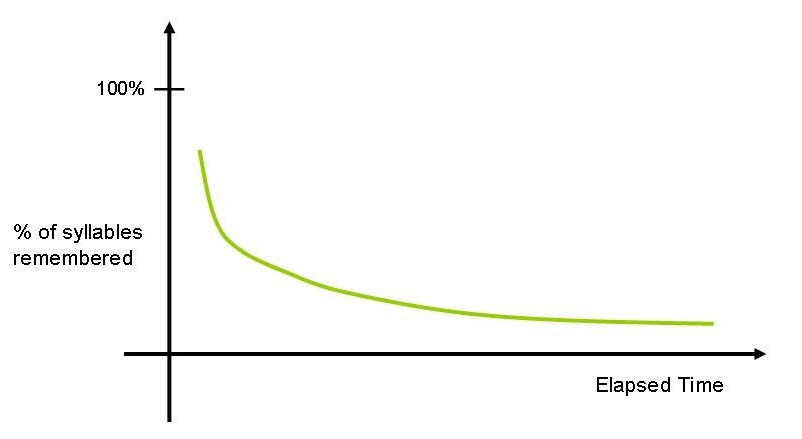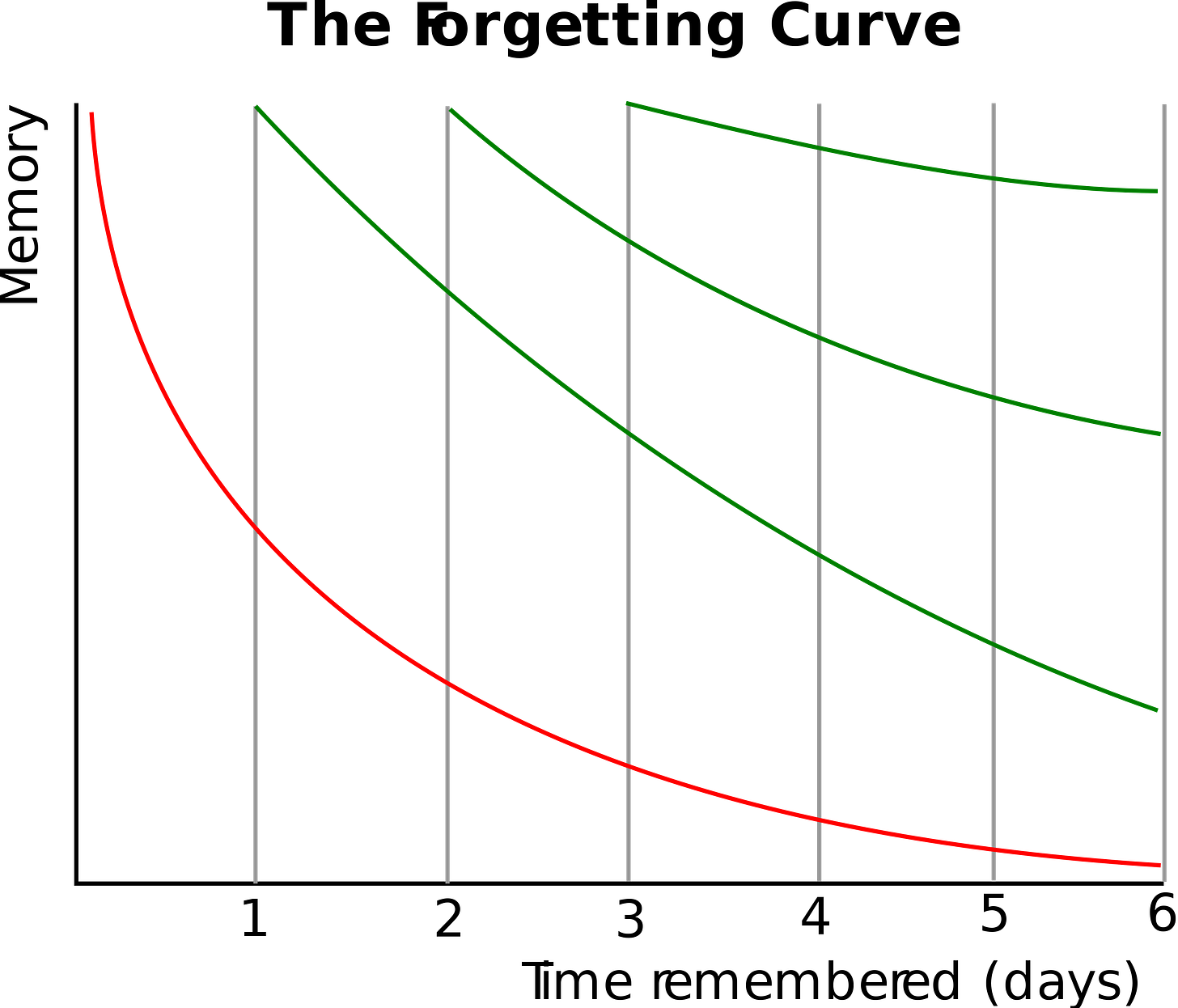How to read books

This post is a continuation of the last one on Why Read Books. I am not trying to give a prescription here, but rather to add some thoughts.
A Game
For the past few years I have been trying to read as many books as possible. Without a doubt, this has been very beneficial and strictly better than those years of my life when I didn’t read or read a book or two.
But I have also come to the realization that trying to maximize the number of books to be read has not been the ideal strategy.
Perhaps I was doing it to boost my ego, because I could enter a nice big number on Goodreads, or perhaps it felt good to achieve a goal that I had set at the beginning of the year. And the goal was influenced by other people and of course by my naiveté.
Trying to read as many books as possible is just a game whose result is not truly what I wanted. I read books because I wanted to learn from those great authors, and to become smarter myself. What good is a book if I forget what I read from it in a few months.
So this post is a reflection on how to read well. And it should apply to not just books but general reading as well.
Problem 1: Mind like a sieve
The German psychologist Hermann Ebbinghaus in 1885 painstakingly did several experiments on himself by trying to memorize nonsensical words, and measuring how long he could remember them.
He established the exponential forgetting curve, which states that the amount of stuff retained decreases exponentially quickly over time.

So don't be alarmed if you don't remember anything from the book you read last year.
Spaced Repetition
But there is good news. You can interrupt forgetting by revising the subject. For example, if you are trying to memorize a concept, you can try to revisit it in one hour, then after one day, then after few days and so on.

You are probably thinking, there is no way you can do this with books. You are right, but the point is to try to use this selectively. Let's hold on to this thought for now.
Problem 2: Highlighting and linear reading
Most of us read books front to back. We might highlight some lines here and there. This has been me for a long time. Only recently have I realized how terrible this strategy is. Thanks to the forgetting curve, most of what we read will vaporize. The notes we highlight are never visited again, making them completely useless.
Kinds of Reading
There are different levels of reading. Mortimer Adler wrote a book called How to Read a Book, and identified the following kinds of reading.
Level 1: Elementary reading.
This is what was taught in the school and what everybody pretty much does. This involves, as mentioned above, a linear reading from front to back. This uses the least effort and consequently the least effective.
Level 2: Inspectional Reading
You inspect the work, familiarize yourselves. You read the table of contents and try to understand the structure of the book.
Level 3: Analytical Reading
You want to profit from the reading. You ask particular set of questions and form opinions. If you don’t understand something, you look up elsewhere.
Level 4: Syntopical Reading
This is the most demanding way to read a book. Or rather, this involves reading multiple books from the same discipline and comparing and contrasting, and synthesizing the material in the discipline from them. It is as if you put the authors to work.
Putting it together
Now that we have seen what kind of issues we face and how to read better, here are my takeaways.
Employ level 3 (or 4) reading
Unless you are going to write a book yourself, or are trying to master a field consciously, you may not be able to use the syntopical reading method consistently.
So it is good to aim for at least level 3 reading. We don’t just go from front to back, but we start with the table of contents, and build a structure of the book and go back and forth. We ask ourselves how this connects to what we know already. We sweat and perspire.
Revisit
Even after spending a lot of time with a book, if you never think about it, you will still forget. That’s how our brains work. So you need a way to periodically revisit what you have read.
One option is to re-read the book periodically. This is certainly helpful, but doesn’t scale well. If you want to read 5 new books every year, then after 10 years you will have to read 5 new books and reread 50.
So another option is to revisit what you have highlighted periodically. Making this work well is not easy either (just because it lacks practicality). I use a tool called Readwise which solves this problem.
Readwise extracts the highlights from Kindle books (and many other sources), and presents 10 (configurable) highlights to me everyday and uses spaced repetition.
This has been an excellent way for me to go back to the books periodically.
Take better notes
But the above method of rereading highlights still has a drawback. For best learning experience, it is important to recall rather than reread. Readwise allows you to configure what is called Cloze detection where you can guess a blanked out word, but that’s not the same as being posed a question (e.g. “what is the key idea of XYZ?”).
So another way of approaching this is to write down key ideas and notes from a book yourselves, and then putting them into a software so that you can use to periodically get quizzed.
Anki is the most popular spaced repetition tool, but I find RemNote to be a lot more useful to take notes and also mark questions for spaced repetition.
By the way, the next level of taking notes is the Zettlekasten method, but that deserves a post of its own, so I will leave it out here. But the gist is that it a system that allows you to build connections between the notes you take. And it doesn’t place as much emphasis on recall and spaced repetition.
Final word: Be Pragmatic
Remember, you are doing this for yourself. With that point of view, try to figure out what works and what doesn’t. Do not try to spend all your waking hours reading books if you have a day job, because Warren Buffett does so.
But at the same time, do not try to read one book over a year because you just spent all the time rewriting the entire book in your own words.
In both situations, you are going to start to hate reading.
In fact, gamifying reading might be fine, if it gets you into the groove and helps you form a habit.
Be a pragmatic reader and most importantly, enjoy reading books!


